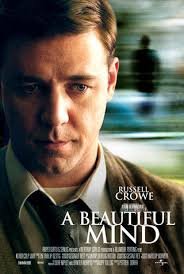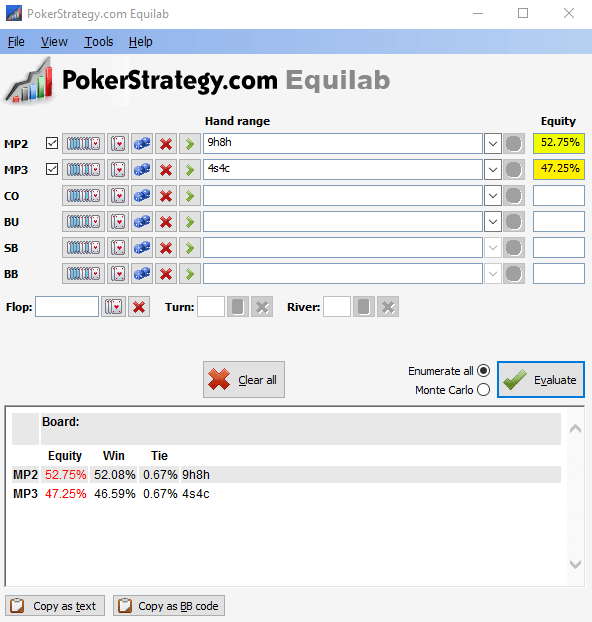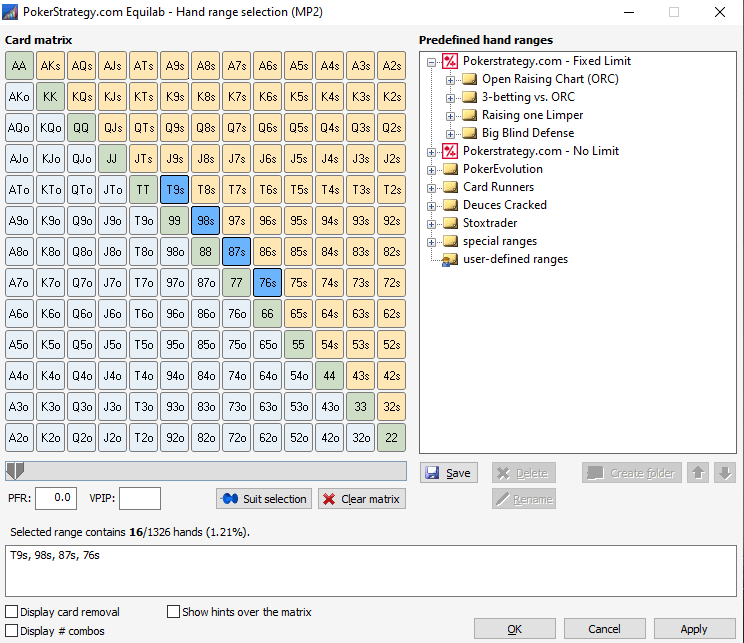Beginner's Poker Course Part 6: Pot Odds & Equity – Two Fundamental Interconnected Poker Concepts
Back in the day, let's say between the years 2000 and 2010, nobody really had any of these solver tools available to study the game. We were mostly reliant on books and training videos to further our game, with most of them showcasing far-from-perfect play. The concept of Nash Equilibrium was known; after all, it is a mathematical concept stemming from the 1950s. But actual GTO play remained a mystery for all of us pros.


I also come from that poker boom era, often referred to as 'The Moneymaker' era. Poker gained more broadcasting time, and that also reached me, a 19-year-old dropout searching for something to do with his life. I saw it on TV and immediately recognized the opportunity. I envisioned myself becoming a pro, and two years later, I was able to break through.
Those were much different times, though. The games were likely much easier than they are now, but as I said, we were also in the dark about correct strategies related to GTO play.
Instead, we had to deal with learning certain basic concepts, including position, pot odds, and equities. None of the literature was GTO-based, and the training videos online, well, I think they helped me a lot. But if you were to take a look at those now, you might want to laugh at how many fundamental mistakes they were making, knowing GTO strategies that are easily found nowadays on GTOWizard.
This course is trying to teach you the game of poker 'the new way', laying a strong theoretical foundation and paving the way for using tools giants like GTOWizard offer.
And even though these tools are incredibly useful, and having a strong theoretical foundational understanding is important, it may be helpful to go over some of these 'old school concepts' we had to learn back in the zeroes and before.
Some of these concepts still deserve their own dedicated article, like bankroll management. Others require only brief attention and are easier to grasp and explain.
Pot odds and equity are fundamental concepts that complement each other nicely. This article will cover both concepts and attempt to connect them in your mind.
Equity
This is a fairly straightforward concept to understand. It is basically your share in the pot, given your current chances of winning the hand. As you clearly will see down below, equity then ties together EV with your chances of winning.


Has 58.6% chance of winning against:


That means that if these hands are all-in preflop and the total pot is $100, the A6s hand has 0.586 equity and can expect to win (0.586 * 100 =) $58.6 on average, making his EV more than half the pot.
Before the dawn of GTO solvers, we basically had to do our mathematical analysis of hands using equity calculators. Back in the day, that tool was called Pokerstove, but I believe nowadays PokerStrategy's Equilab is the main tool for that.

You can calculate hand against hand, but you can also use the handy grid to select multiple hands like this:

These hand-against-hand or 'hand-against-range' (or range-against-range) calculations can be handy and educational, even today, so it can't hurt to have a tool like this still on your computer. Equity remains a fundamental concept we all should understand as poker players.
Pot Odds
You have heard this term before, and it is an unmissable subject in all the classic poker books. Pot odds compare the bet you have to lay in to the current size of the pot. If you have the opportunity to check, pot odds aren't relevant at that moment in the hand; they only become relevant if there has been a bet or a raise, and you are forced to either put money in or fold.

Pot odds are simply the ratio of the bet you have to put in to the current size of the pot (which includes the bet or raise your opponent just made). For instance, in the above example, we see the robot just made a bet, and Arnold has to make a decision:
Let's say there was $50 in the pot before the robot made the bet, and then it made a bet of $25.
The pot is now $75.
Arnold has to put in $25 himself to continue (to complete the robot's $25 bet).
That would be pot odds of 3 to 1, with the '3' representing the $75 in the pot, and the '1' being the $25 call that Arnold is thinking about (maybe) making.

How Equity and Pot Odds Relate
We assume that, if Arnold calls, the hand just goes to showdown, and there is no further action. What does he need to think about here? We know that the pot odds Arnold is getting is 3 to 1, but the important thing to consider here is:
So what does add up here? What makes sense? How much percentage do we need to make this call?
More about indifference in the next article!

